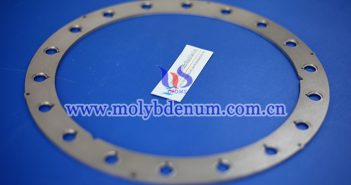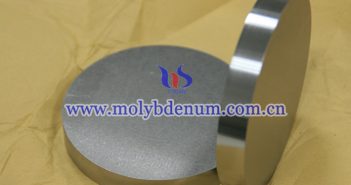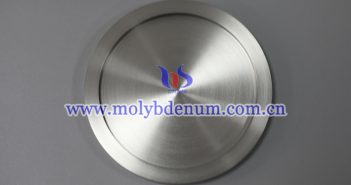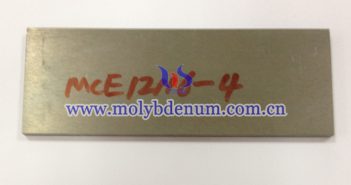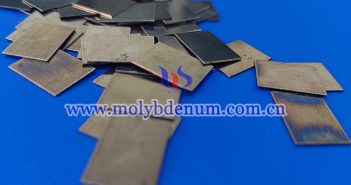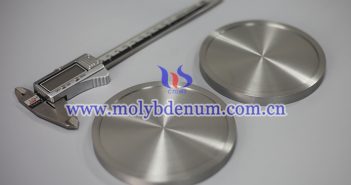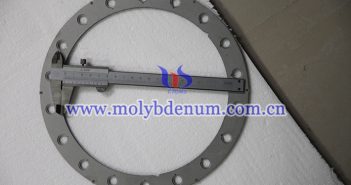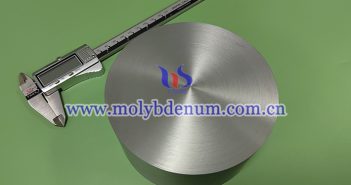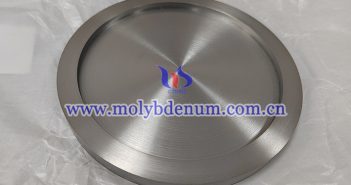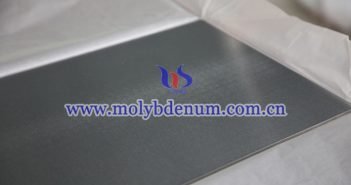
The main components of TZM molybdenum alloy plate are molybdenum (Mo), titanium (Ti), zirconium (Zr), and a small amount of carbon (C). The specific composition by weight percentage is as follows: Molybdenum (Mo): Approximately 93% Molybdenum serves as the base material of the alloy, providing a high melting point, high strength, and excellent high-temperature performance. Titanium (Ti): Approximately 0.4%–0.55% Titanium improves the alloy’s strength and hardness while enhancing its resistance to high-temperature creep. Zirconium (Zr): Approximately 0.06%–0.12% Zirconium further enhances…

